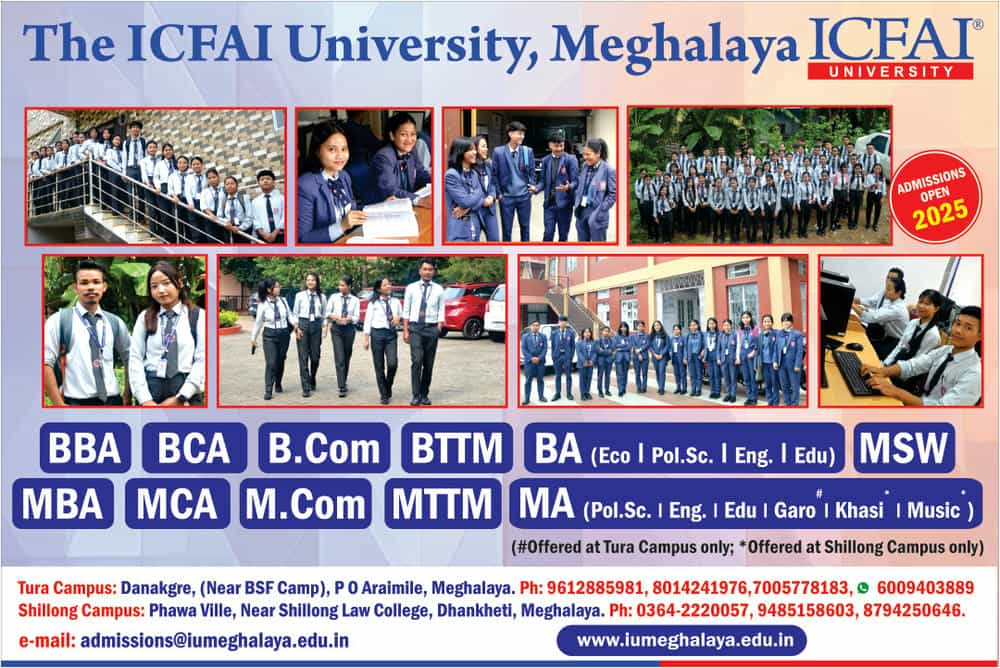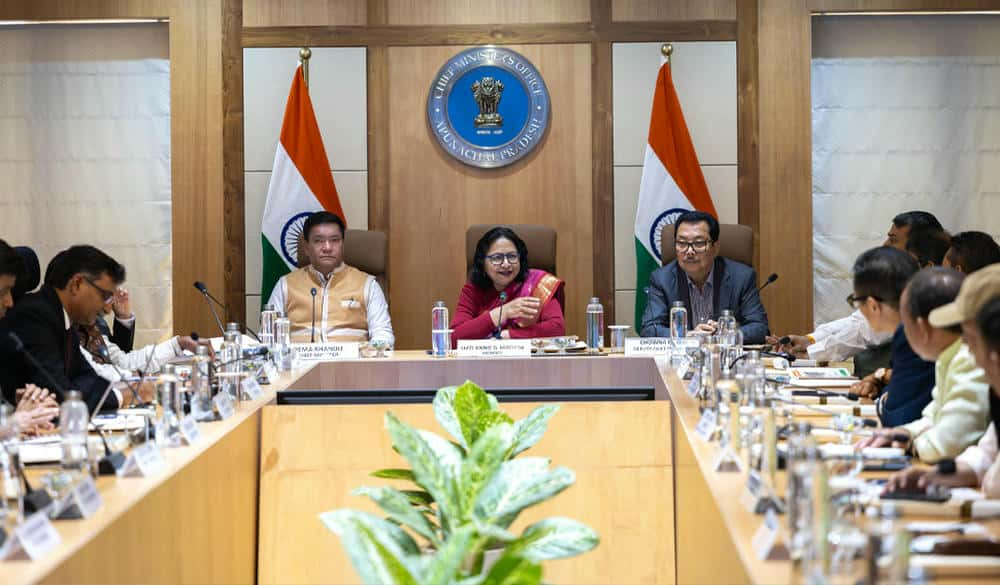Green gold and border boldness: Arunachal stakes its claim before 16th Finance Commission

At a high-stakes meeting with the Members of the 16th Finance Commission on Tuesday in Itanagar, Arunachal Pradesh’s Deputy Chief Minister Chowna Mein made a forceful case for why the frontier state deserves a larger slice of national funds – and recognition for its unique role in India’s future.
Speaking at the Chief Minister’s Office in Niti Vihar, Mein spotlighted the state’s unmatched natural capital. With 79% of its land under forest cover, Arunachal Pradesh plays a vital role in carbon sequestration and biodiversity conservation. Mein urged the Commission to acknowledge the economic cost of keeping these forests intact and to institute a Green Bonus – a dedicated incentive for states that prioritize ecological preservation over exploitative development.
But forest conservation was just the start. Mein didn’t shy away from the harsh realities Arunachal faced. Frequent floods, landslides, and the growing toll of climate change have made the state particularly vulnerable. He called for dedicated funds to build climate-resilient infrastructure and to restore natural water sources like springs, which are drying up and leaving rural communities high and dry.
Infrastructure challenges formed another pillar of Mein’s pitch. He emphasized the sheer cost of building in the mountainous terrain of Arunachal, where even basic connectivity requires extensive engineering. He demanded that the Finance Commission update the Cost Disability Index to fairly account for the region’s logistical and geographical barriers.
The state’s strategic importance also took center stage. Sharing over 1,800 kilometers of international borders with China (Tibet), Myanmar, and Bhutan, Arunachal is more than a remote outpost—it’s a frontline buffer. Mein proposed the creation of Model Border Villages, fully equipped with roads, power, schools, and healthcare, to both fortify security and bring dignity to border communities.
On the economic front, Mein pushed for investments in agriculture and hydropower. With over 58,000 MW of untapped hydropower potential, he argued that Arunachal could become a powerhouse for India’s energy security. He also called for support in developing agricultural value chains and irrigation systems to boost productivity and rural income.
Finally, he pointed to the state’s low population density and vast area as reasons for a more equitable financial devolution formula. “One-size-fits-all doesn’t work here,” Mein implied, calling for a funding model that reflects Arunachal’s unique demographic and geographic realities.
Reaffirming the state’s commitment to contributing to India’s $5 trillion economy vision, Mein concluded with a bold assertion: with the right support, Arunachal Pradesh can become India’s eastern gateway—green, resilient, and strategically vital.
The meeting marked a pivotal moment to spotlight the aspirations and ground realities of Arunachal before the country’s top financial decision-makers. Now, it’s up to the 16th Finance Commission to decide whether those voices will translate into action.

Leave a Reply